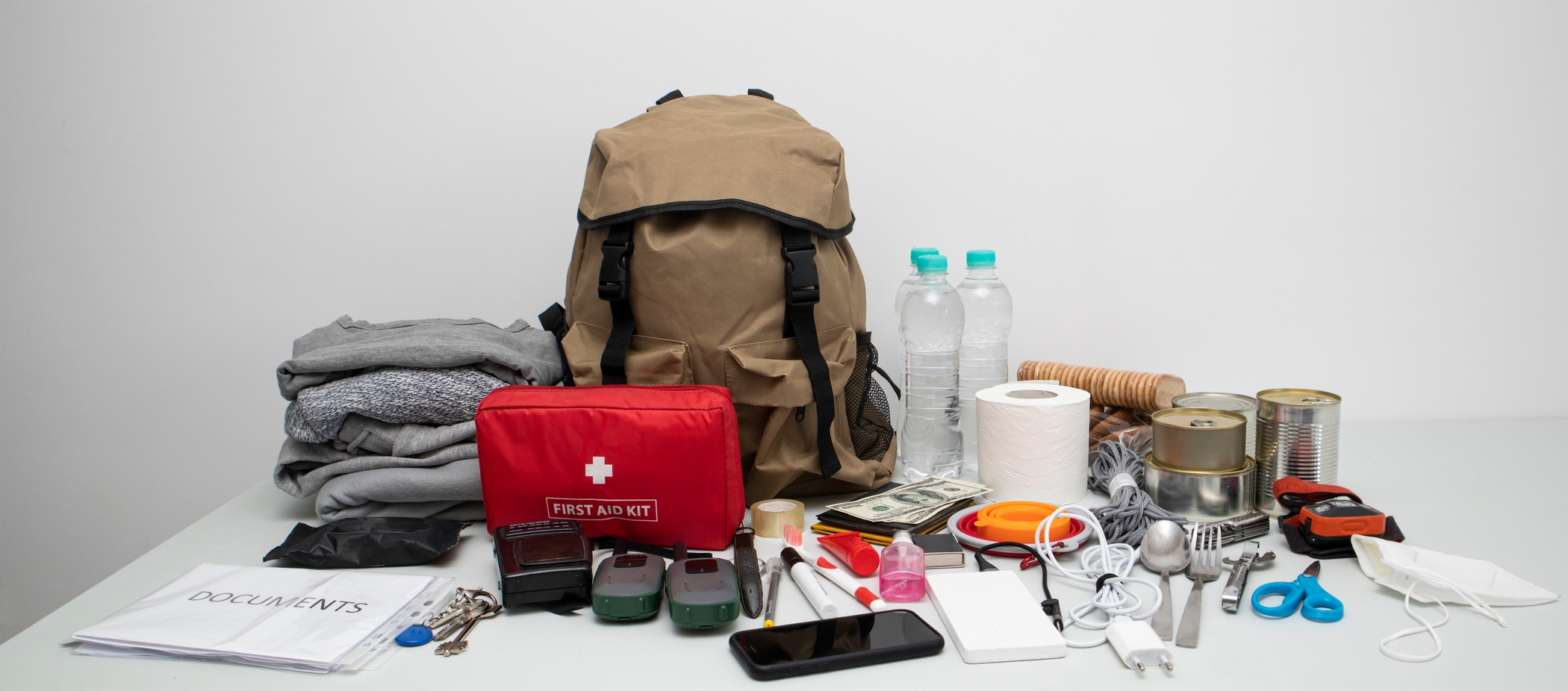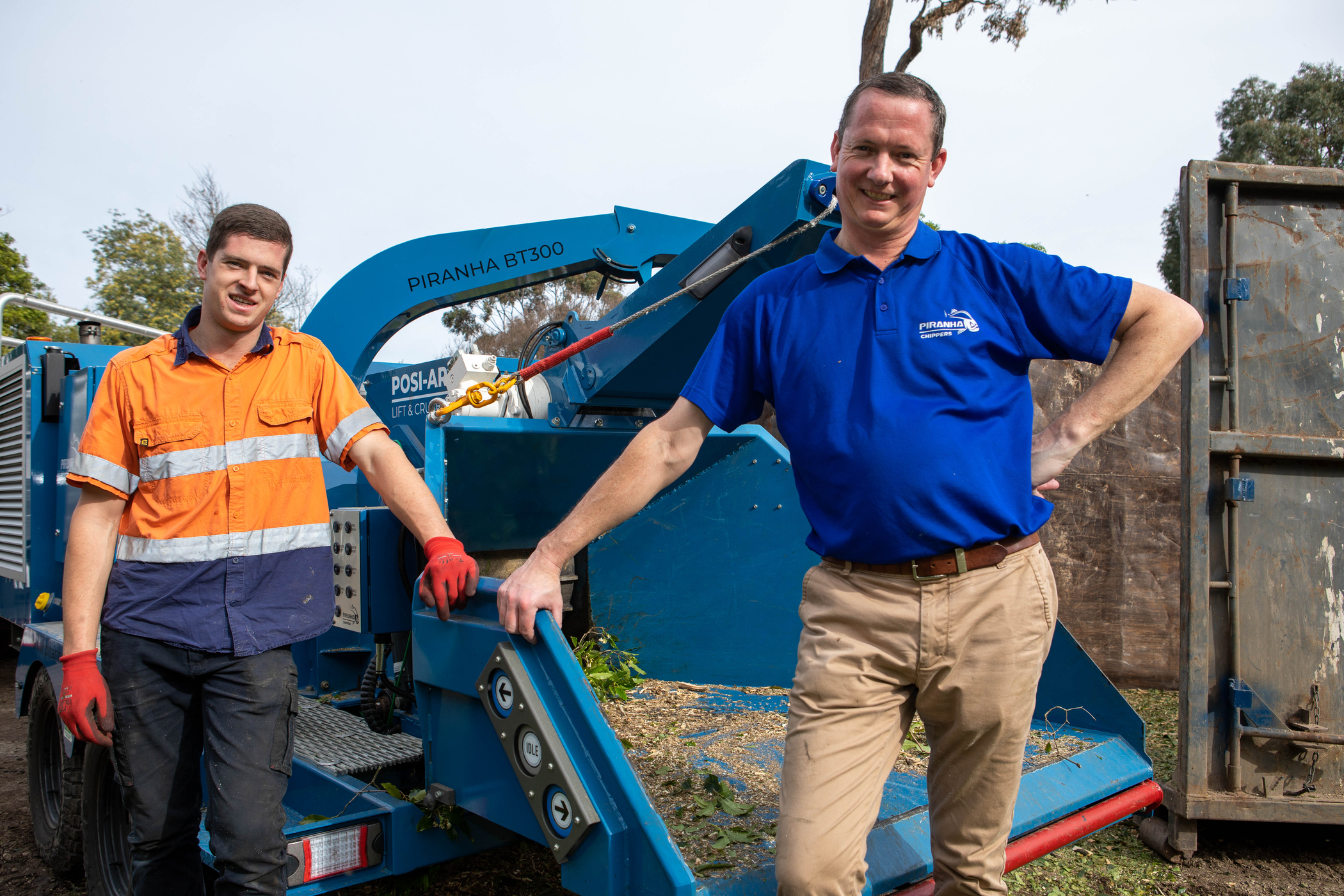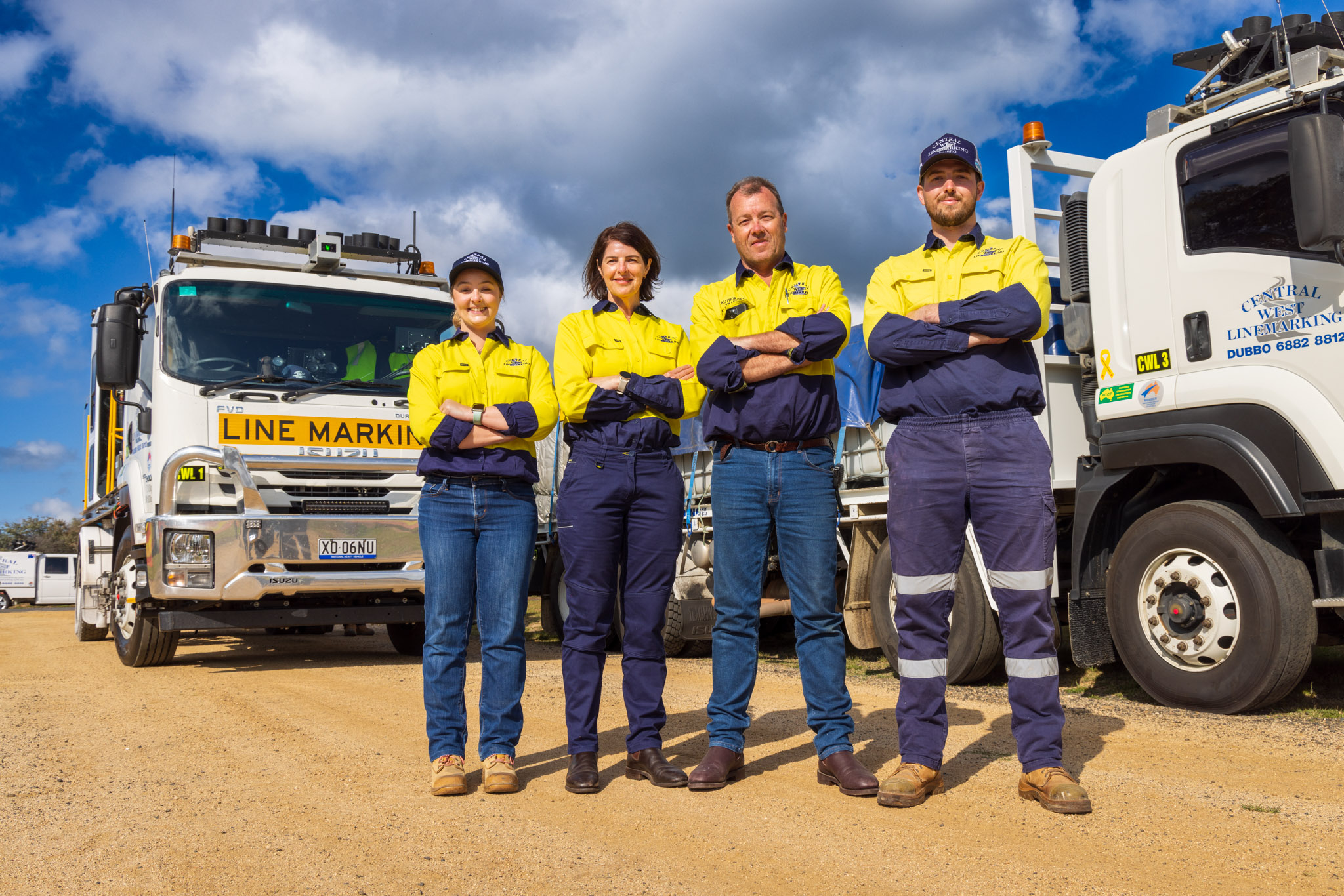Business safety strategies for bushfire season

With the seasons changing and the heat slowly turning up, the infamous Australian summer is almost on us.
It can be bittersweet as the beautiful long days also herald the danger of the bushfire season. With many Aussies living close to nature and a thriving agricultural sector with whole townships and communities built to support it, it’s a good time to revisit bushfire preparedness and response plans, especially if you’re running a business in a high-risk area.

Safe is smart
Be it retail, automotive, agricultural or anything in between, having a bushfire strategy specific to your business, your employees and your premises is a smart move to make before the season arrives.
If you haven’t found the time to create a plan yet or are looking to update an old one, there are plenty of government resources online to assist. There are also great resources available to help prepare your property for a bushfire and minimise risk to your home or business.
Important initials steps to follow include:
- prepare your premise to reduce fire risk (including clearing trees and vegetation)
- stock an emergency kit that includes first-aid and supplies for up to three days and ensuring employees know where it is (more on this below)
- employ or train staff with first aid qualifications
- a printed list of contact details for staff members, including their emergency contacts

One size doesn’t fit all
Different businesses need to have different bushfire planning strategies in place. For instance, if you have valuable capital equipment on site such as trucks or machinery, a plan to move this elsewhere if the worst occurs could be worthwhile.
If you have an agricultural business, you may want to consider moving or sheltering animals or keep a few days’ worth of animal feed and clean water as a precaution.
Power is critical during a bushfire event with everything from lighting, communications, pumps, refrigeration, air conditioning and the like all relying on electricity. It is important to remember power can be cut during a bushfire event that could be many kilometres away and potentially last for days.
It is therefore worth considering having a backup power generator on the premises that can kick in if there’s a loss of power.
There are many cost-effective options available for backup and remote power generators including different sizes to suit business output requirements and remote monitoring which gives you the ability to control a unit from off-site using a mobile device.

Preparing your team
Having a bushfire plan in place is a significant step but can be ineffective unless everyone on the team knows it like the back of their hand. That’s why it’s important to drill evacuation plans as often as every three months if you’re in a high-risk area, but is still important in all workplaces and every employee should know their role in the plan.
If you live in a high-risk area, the safety of your business and employees comes down to you—so it pays to keep up to date with the latest information. Listen to the local fire authorities, stay abreast of the season’s recommendations and get familiar with everything from your local ABC emergency radio station to useful emergency apps to ensure that you are operating with real-time information.

Image courtesy of Shutterstock
There are now several great apps for mobile phones and desktops that can help track fires or other natural disasters in your area. Free apps such as Bushfire.io can provide real-time insights, solutions and lifesaving information.
Preparing a personal emergency kit is also a good step to take for the safety of yourself or those around you. An emergency fire kit could include items such as:
- a supply of bottled water
- thick woollen blankets (at least two)
- change of clothes (non-synthetic clothes that can cover the entire body)
- First Aid kit
- jumper leads
- high visibility vest
- supply of cash (in case card facilities are down)
- PPE masks and eye goggles

Image courtesy of Shutterstock
Evacuation ready
Each state in Australia has its own fire authority such as the CFA in Victoria, the South Australian Country Fire Service or the New South Wales Rural Fire Service. Familiarise yourself with your local branch and check their website during the summer months for updates to evacuation and planning procedures or warnings about local fires.
Most shires in the country have an evacuation plan in place with designated meeting points, so it is important to find out the details of your local plan.
The single most critical piece of advice communicated by fire authorities nationwide is to leave early—waiting until the last minute is dangerous and to be avoided at all costs. Someone who leaves when the first warnings are transmitted is giving themselves the best possible chance to remain safe.

Image courtesy of Shutterstock
Coming back on site
In any evacuation plan, you should also consider the aftermath and what you may be returning to. Once roads are open and fire officials have given the all-clear, you should return to the property to check that power, phone, water, gas and sewerage tanks are functioning and have the number for essential services such as your state’s SES ready if they aren’t.
Having a check list sorted before any critical event can save you hours of confusion and stress, and there are resources available to help you re-enter a fire-affected property, assess the damage and deal with the disposal of burnt items.
We hope this information is a valuable reminder to stay safe, prepared and ready for this year’s bushfire season.
It’s critical that the equipment being used by Australia’s first responders is ready to go at a moment’s notice, read more here.


Save $1,000 off a 3-Year Service Agreement*
Simply purchase any of our industry-leading trucks. Terms and conditions apply.
Learn more



